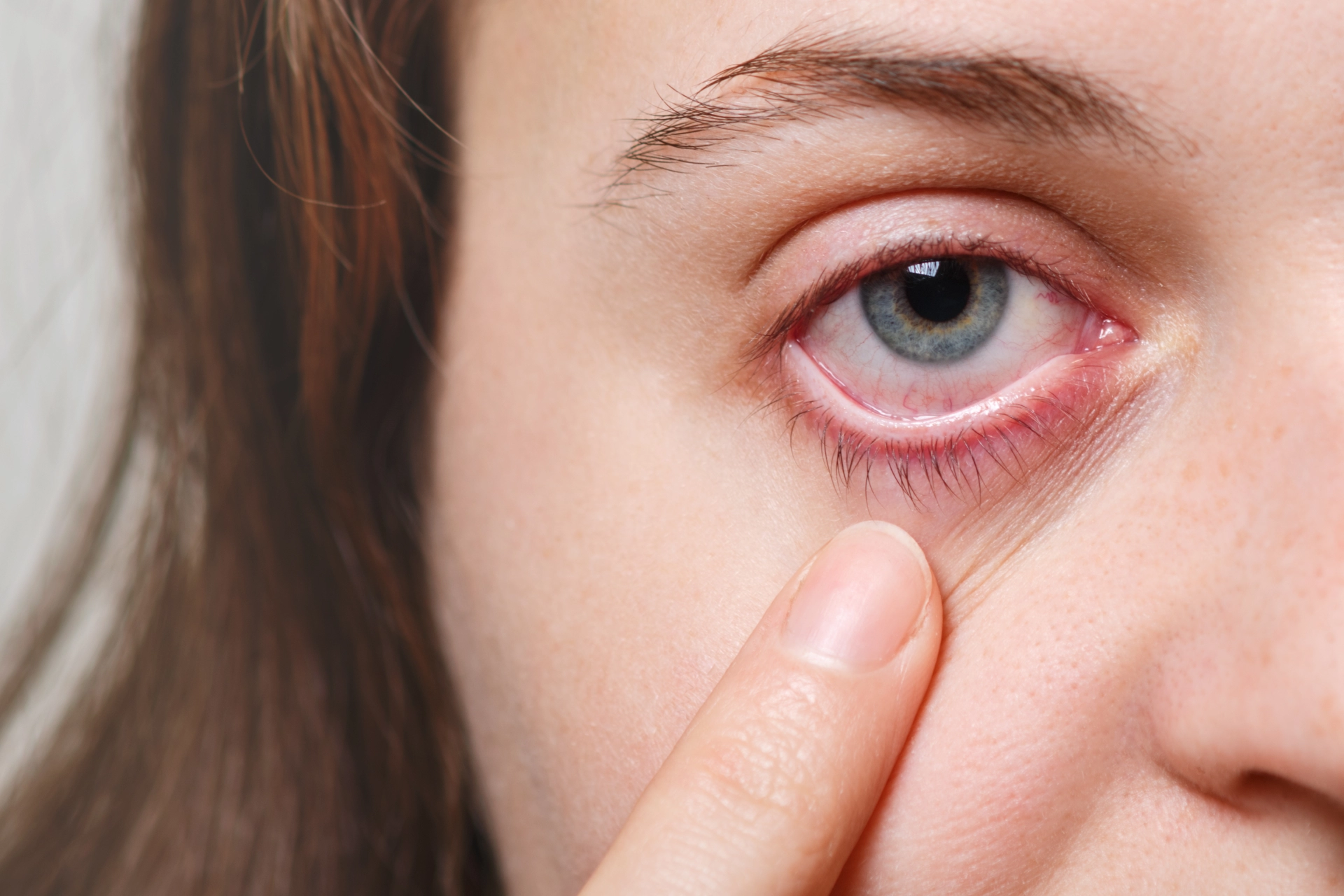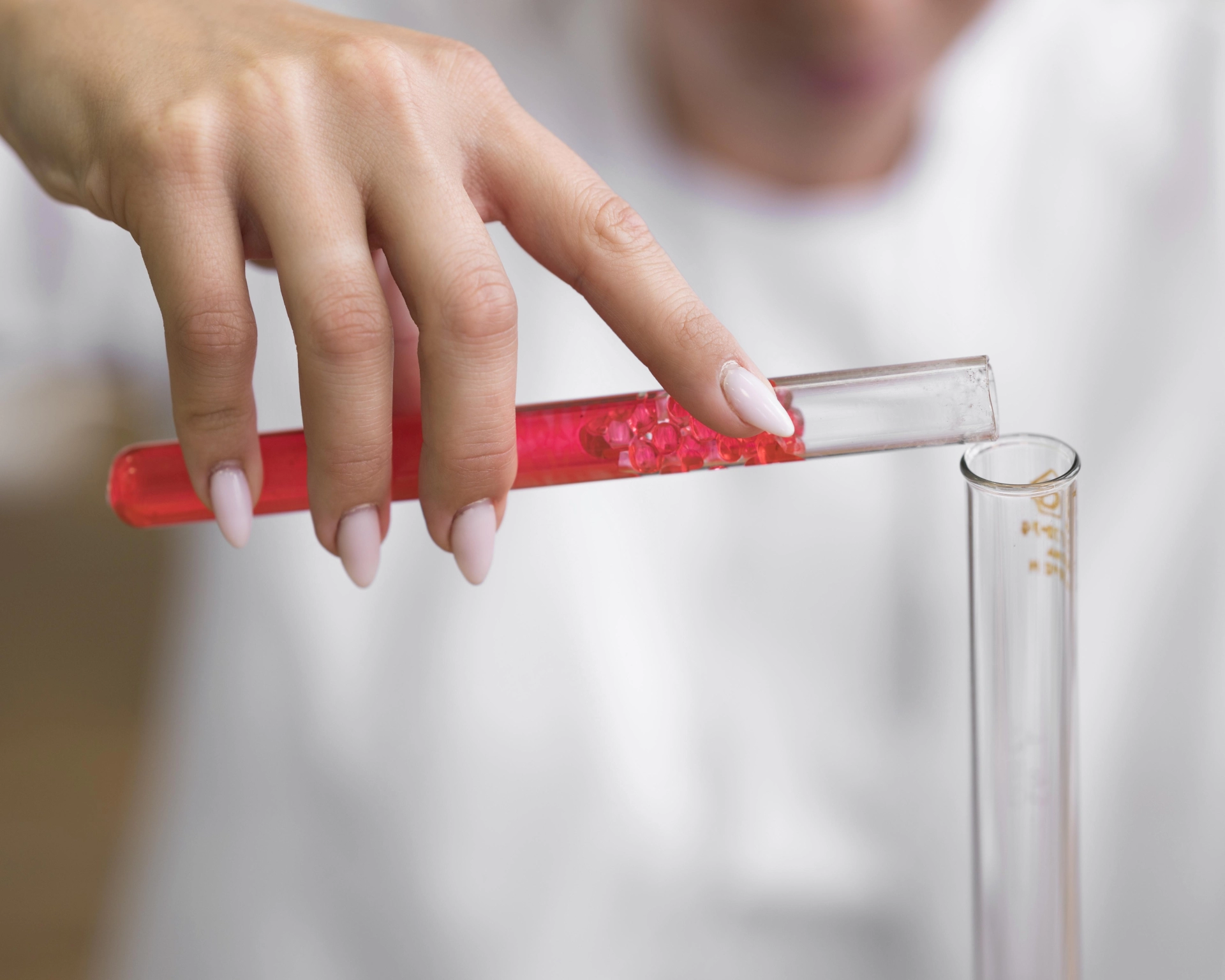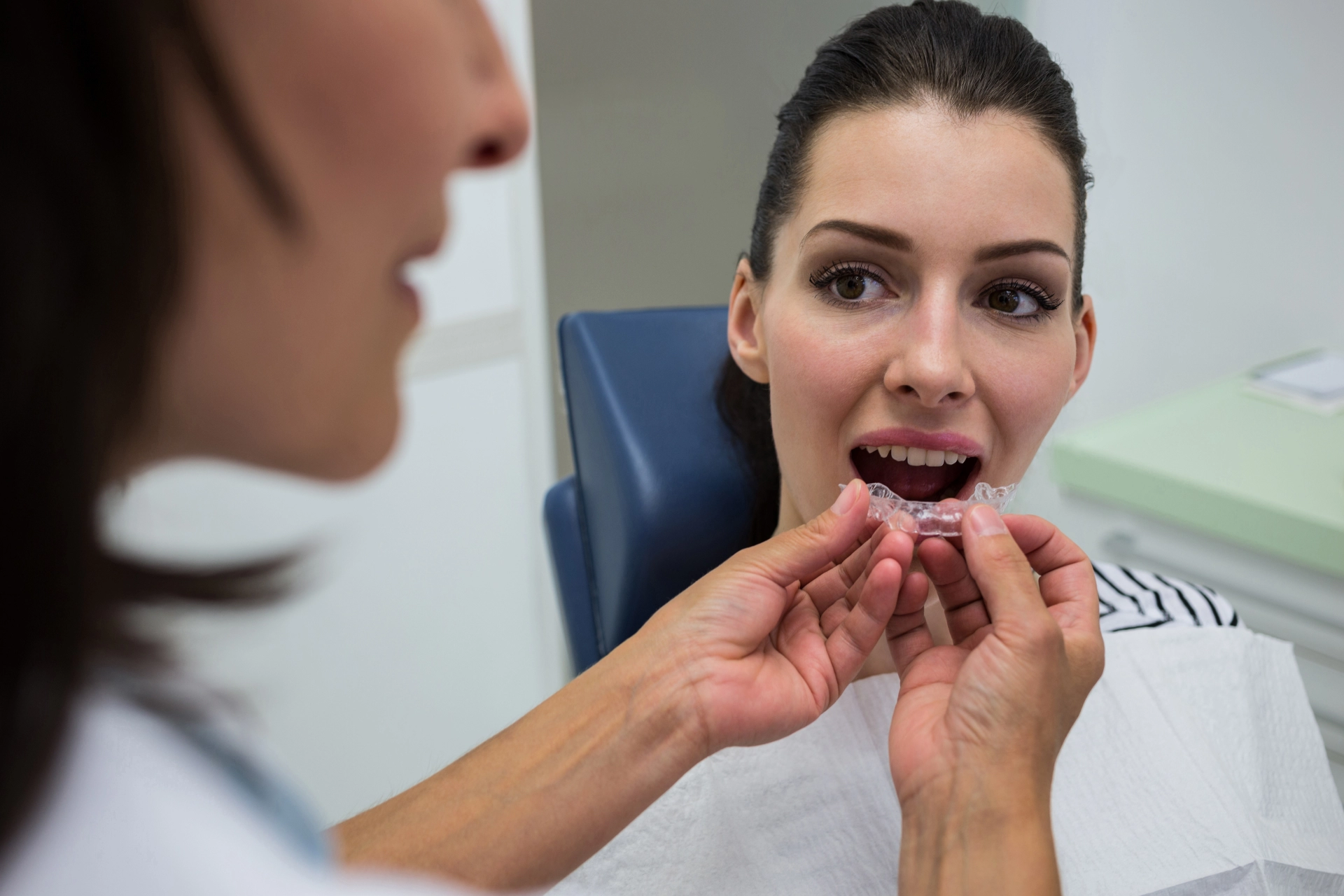Demodicosis is a common yet often overlooked inflammatory disease of the eyes and eyelids, caused by the excessive multiplication of microscopic mites —
Demodex folliculorum
and
Demodex brevis
— which normally live on the human skin. These mites inhabit the hair follicles and meibomian glands, feeding on skin sebum and dead cells. Under normal conditions they do not cause harm, but when their number exceeds the norm, an inflammatory reaction occurs, leading to irritation, itching, and various ocular surface disturbances.
The activation of these mites is related to both internal and external factors.
The main causes include:
•
Weakened immune system
due to chronic diseases, infections, or prolonged stress.
•
Increased skin oiliness
, which creates a favorable environment for mite growth.
•
Hormonal imbalance
, such as thyroid or ovarian dysfunction.
•
Age-related changes
, as the condition is more common in middle-aged and elderly people.
•
Poor eyelid hygiene
and overuse of oily cosmetics, especially mascara and eye creams.
When several of these factors act together, Demodex mites begin to reproduce rapidly, causing inflammation of the eyelids and eye surface.
Symptoms
Demodicosis develops gradually. Initially, a person may notice mild itching or tingling around the eyelids, but over time the symptoms become more pronounced.
Typical symptoms include:
• Itching and burning of the eyelids, especially in the morning.
• Redness, swelling, and a feeling of heaviness in the eyelids.
• Yellowish-white crusts or discharge at the base of the eyelashes.
• Tearing, a gritty or foreign body sensation.
• Recurrent inflammation along the eyelid margins, sometimes involving the cornea and conjunctiva.
If the mites affect the meibomian glands, meibomian gland dysfunction may develop, causing chronic eye dryness, irritation, and light sensitivity.
Diagnosis
Diagnosis is confirmed by an ophthalmologist through microscopic examination of eyelashes to identify mites and their eggs. Additionally, the condition of the cornea and tear film is evaluated to determine the severity of inflammation and to detect possible complications.
Modern Treatment Approaches
Treatment of demodicosis is lengthy and requires a complex, combined approach aimed at reducing mite activity, eliminating inflammation, and restoring normal eyelid function.
The main treatment directions are:
1.
Eyelid and eyelash hygiene
— daily cleansing with special lotions or wipes to remove secretions and mite waste; warm compresses to improve meibomian gland function.
2.
Topical therapy
— ointments and drops containing anti-mite components such as tea tree oil, metronidazole, or ivermectin; anti-inflammatory agents to reduce redness and swelling.
3.
Systemic therapy
— oral medications in severe cases, prescribed only under medical supervision.
4.
Supportive therapy
— artificial tears to relieve dryness, as well as lifestyle adjustments including healthy diet, adequate sleep, and stress management.
Prevention
To prevent recurrence, it is essential to maintain regular eyelid hygiene, limit the use of oily cosmetics, and avoid using old or contaminated makeup products. Any early signs such as itching, redness, or tearing should prompt a visit to an ophthalmologist to avoid complications.
Conclusion






